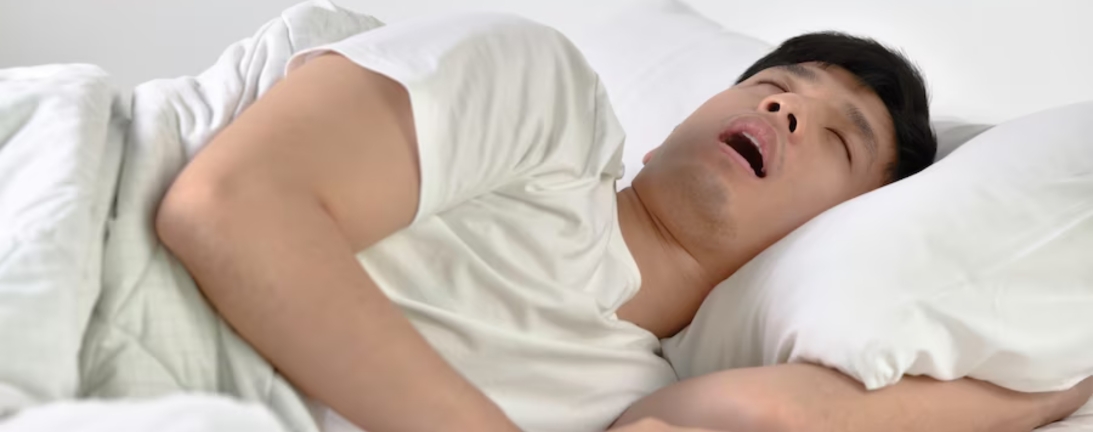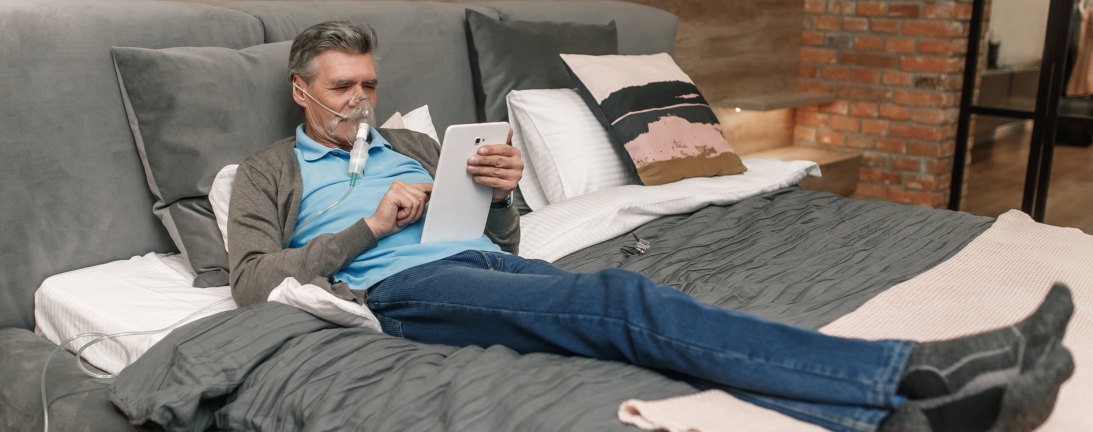A Breath of Relief: Navigating Sleep Apnea Treatment
Sleep apnea, a prevalent sleep disorder characterized by repeated pauses in breathing during sleep, demands attention and intervention to safeguard both nighttime rest and overall well-being. Understanding the nuances of sleep apnea treatment is essential for those grappling with its symptoms and seeking a path to restful slumber.

The sleep apnea symptoms are diverse, ranging from loud snoring and choking sounds to daytime sleepiness and difficulty concentrating. Two primary types of sleep apnea exist: obstructive sleep apnea (OSA), where the airway becomes partially or completely blocked, and central sleep apnea (CSA), involving a failure of the brain to send the proper signals to the muscles to control breathing. Complex sleep apnea syndrome, a combination of OSA and CSA, is another variant.
Examples of sleep apnea symptoms may include frequent awakenings during the night, morning headaches, and irritability. Bed partners may observe the characteristic pauses in breathing and gasping for air, offering additional insight into the presence of sleep apnea.
The prevalence of sleep apnea is significant, affecting millions of individuals worldwide. It is more common in men than in women, and the risk increases with age. Certain factors, such as obesity, a thick neck circumference, and family history, contribute to an elevated risk of developing sleep apnea.
Addressing sleep apnea often involves lifestyle modifications, with weight loss being a key component for those who are overweight. Creating a conducive sleep environment, including sleeping on one's side instead of the back, can also be beneficial. For positional sleep apnea, which is more pronounced when sleeping in certain positions, positional therapy may be recommended.
The cornerstone of sleep apnea treatment is positive airway pressure therapy, commonly administered through a CPAP (Continuous Positive Airway Pressure) machine. This device delivers a continuous stream of air, preventing the airway from collapsing during sleep. CPAP therapy is highly effective in managing sleep apnea and improving symptoms.

In cases where CPAP therapy is challenging or not well-tolerated, alternative sleep apnea treatment options may be explored. This includes bilevel positive airway pressure (BiPAP) therapy, which adjusts air pressure during inhalation and exhalation. Additionally, oral appliances that reposition the jaw and tongue may be considered for mild to moderate cases.
Surgical interventions, such as uvulopalatopharyngoplasty (UPPP) or genioglossus advancement (GA), may be recommended in certain situations. However, these procedures are typically reserved for cases where other treatment modalities have proven ineffective or impractical.
In conclusion, sleep apnea treatment is a multifaceted approach aimed at addressing the underlying causes and alleviating symptoms. By exploring the range of available interventions, individuals can tailor a treatment plan that aligns with their specific needs, paving the way for improved sleep quality and overall well-being.